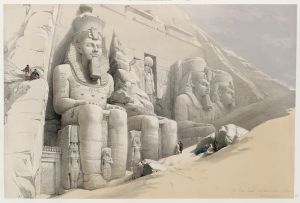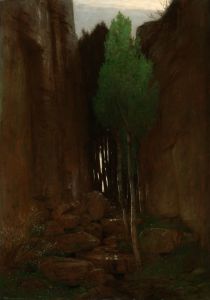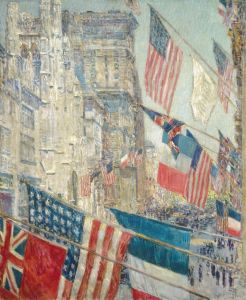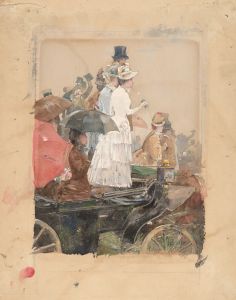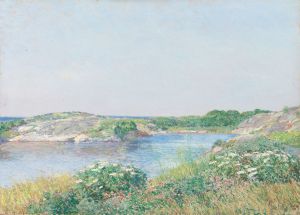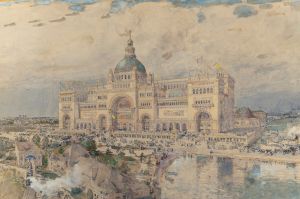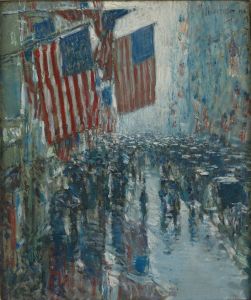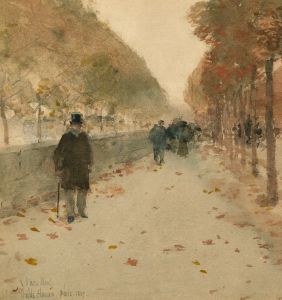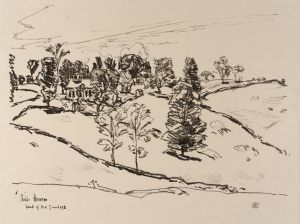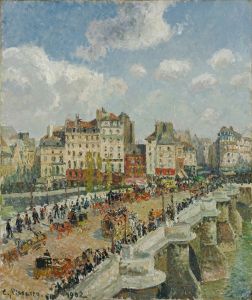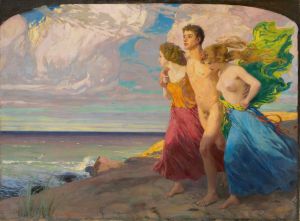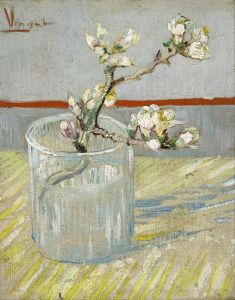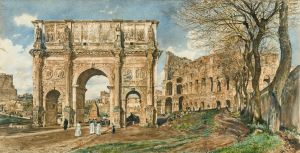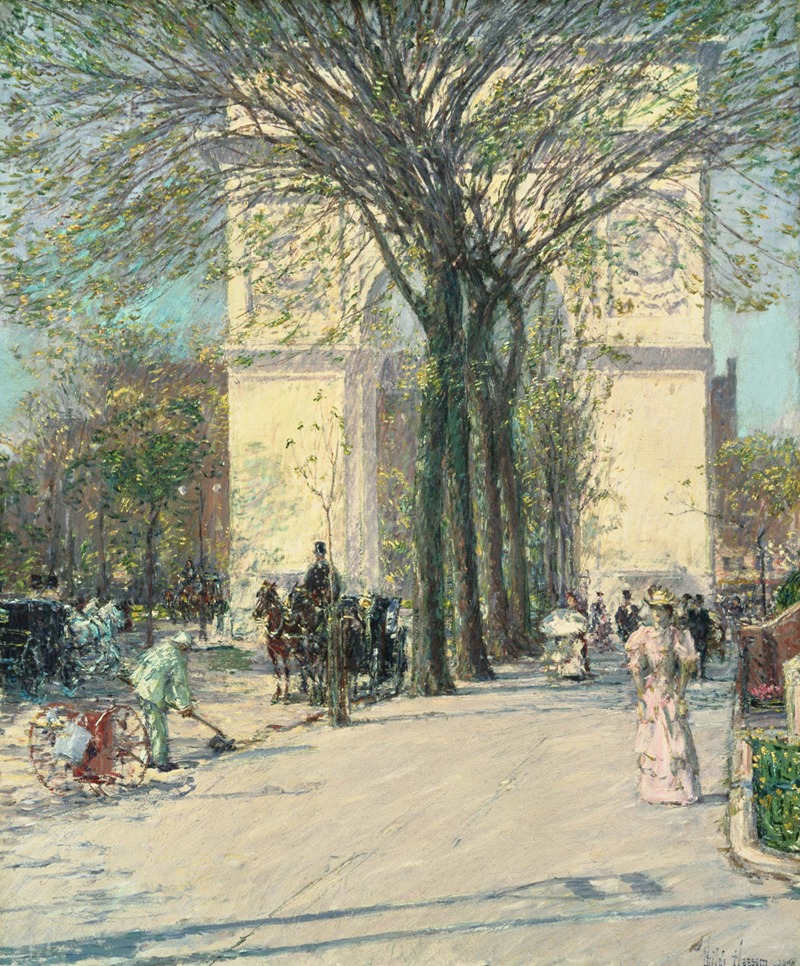
Washington Arch, Spring
A hand-painted replica of Childe Hassam’s masterpiece Washington Arch, Spring, meticulously crafted by professional artists to capture the true essence of the original. Each piece is created with museum-quality canvas and rare mineral pigments, carefully painted by experienced artists with delicate brushstrokes and rich, layered colors to perfectly recreate the texture of the original artwork. Unlike machine-printed reproductions, this hand-painted version brings the painting to life, infused with the artist’s emotions and skill in every stroke. Whether for personal collection or home decoration, it instantly elevates the artistic atmosphere of any space.
Washington Arch, Spring is an oil painting created by the American Impressionist artist Childe Hassam in 1890. The artwork depicts Washington Square Arch, a prominent landmark in Greenwich Village, New York City, during the spring season. The painting is celebrated for its vibrant use of color, light, and atmospheric effects, which are hallmarks of Hassam's Impressionist style.
The Washington Square Arch, completed in 1892, was designed by architect Stanford White to commemorate the centennial of George Washington's inauguration as the first President of the United States. Hassam's painting, however, predates the completion of the permanent marble arch and instead portrays the temporary wooden arch that had been erected in 1889 for the centennial celebrations. This detail situates the painting within a specific historical context, capturing a transitional moment in the development of the iconic site.
In Washington Arch, Spring, Hassam employs loose, dynamic brushstrokes and a bright, pastel palette to evoke the lively atmosphere of the square. The scene features pedestrians strolling beneath the arch and along the surrounding streets, with trees in bloom adding a sense of seasonal renewal. The interplay of light and shadow, a characteristic feature of Hassam's work, enhances the sense of depth and movement in the composition.
Childe Hassam (1859–1935) was a leading figure in the American Impressionist movement, which sought to adapt the techniques and themes of French Impressionism to American subjects. He was particularly known for his urban scenes, capturing the energy and vibrancy of city life in places like New York and Boston. Washington Arch, Spring exemplifies his ability to blend European Impressionist influences with distinctly American settings and themes.
The painting is part of the collection of The Metropolitan Museum of Art in New York City. It was acquired by the museum in 1917 and remains a significant example of Hassam's work. The piece is often studied for its artistic and historical value, as it reflects both the evolution of American Impressionism and the cultural importance of Washington Square as a gathering place and symbol of New York City's identity.
Washington Arch, Spring continues to be appreciated for its aesthetic qualities and its documentation of a specific moment in New York City's history. It serves as a testament to Hassam's skill in capturing the interplay of light, color, and atmosphere, as well as his ability to convey the character of urban life in late 19th-century America.





